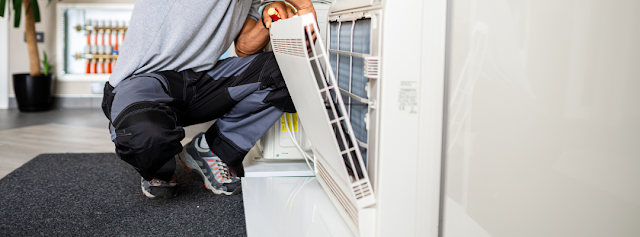Understanding Air Filters: The Role of Fiberglass and the Rise of Pleated Filters
Whether we use air filters in our homes, offices, or industrial settings, they are essential to maintaining the quality of the air inside our buildings. These filters work to keep the air we breathe safe and clean by capturing particles, pollutants, and contaminants. Of the many kinds of air filters that are available, pleated and fiberglass filters are two that are frequently utilized. In order to find out which air filter is better at enhancing indoor air quality, we will examine the fundamentals of air filters, investigate the qualities of fiberglass filters, and contrast them with pleated filters.
The Basics of Air Filters
Devices called air filters are made to take out pollutants and particulates from the air. They are essential parts of stand-alone air purifiers and HVAC (heating, ventilation, and air conditioning) systems. An air filter's main function is to collect and stop airborne particles from entering the room and entering the occupants' lungs.
Fiberglass Air Filters: The Basics
One of the most popular and affordable types of filters on the market is the fiberglass air filter. They are made of dense mats made of spun fiberglass layers. The basic idea behind these filters is that particles are caught by the fibers in the fiberglass mat as air flows through it. Fiberglass filters work well because they can capture larger particles like dust, lint, and debris and keep them out of the HVAC system and interior spaces.
Advantages of Fiberglass Air Filters:
Cost-Effective: Fiberglass filters are often more budget-friendly compared to other types of filters. This makes them a popular choice for individuals seeking an economical option for basic particle filtration.
Easy to Replace: These filters are typically disposable and easy to replace. Maintenance is straightforward, making them convenient for homeowners who prefer a hassle-free solution.
Airflow: Fiberglass filters generally have a lower resistance to airflow. This means that they do not put as much strain on HVAC systems, allowing for efficient operation.
However, despite their affordability and ease of use, fiberglass filters have limitations when it comes to capturing smaller particles and allergens. Pleated air filters are useful in this situation.
Pleated Air Filters: A Deeper Filtration Approach
Extended surface filters, sometimes referred to as pleated air filters, have a folded or pleated design that increases the filtering surface area. Paper, polyester, or a combination of materials are some of the materials used to make these filters. The pleats improve the filter's overall efficiency by increasing the number of opportunities for particles to become trapped.
Advantages of Pleated Air Filters:
Higher Efficiency: Pleated filters are capable of capturing smaller particles, including pollen, mold spores, and pet dander. The increased surface area allows for more thorough filtration, making them a preferred choice for those with allergies or respiratory conditions.
Extended Lifespan: While pleated filters may cost more upfront, they often have a longer lifespan compared to fiberglass filters. The extended surface area allows them to capture more particles before requiring replacement.
Improved Indoor Air Quality: Due to their enhanced filtration capabilities, pleated filters contribute to improved indoor air quality by reducing the presence of allergens and airborne contaminants.
Comparing Fiberglass and Pleated Filters
Now, let's compare the two types of filters based on key factors:
Filtration Efficiency: Pleated filters are generally more efficient in capturing smaller particles compared to fiberglass filters. If your priority is to improve indoor air quality by reducing allergens, pleated filters are a better choice.
Cost: Fiberglass filters are more budget-friendly upfront, but pleated filters offer a longer lifespan and improved performance, making them a cost-effective choice in the long run.
Airflow: Fiberglass filters have a lower resistance to airflow, ensuring efficient HVAC system operation. However, pleated filters, when properly selected, can provide effective filtration without significantly restricting airflow.
Conclusion
Each type of air filter—fiberglass or pleated—has advantages, and the decision between them comes down to personal preferences and needs. Fiberglass filters might work well if price is a major factor and your main goal is to collect larger particles. Pleated filters, on the other hand, provide a more complete solution for individuals looking for increased filtration efficiency, particularly with regard to smaller particles and allergens. Investing in a high-quality air filter ultimately contributes to the objectives of enhancing indoor air quality, improving occupant health, and extending the life of HVAC systems.

.jpg)
Comments
Post a Comment